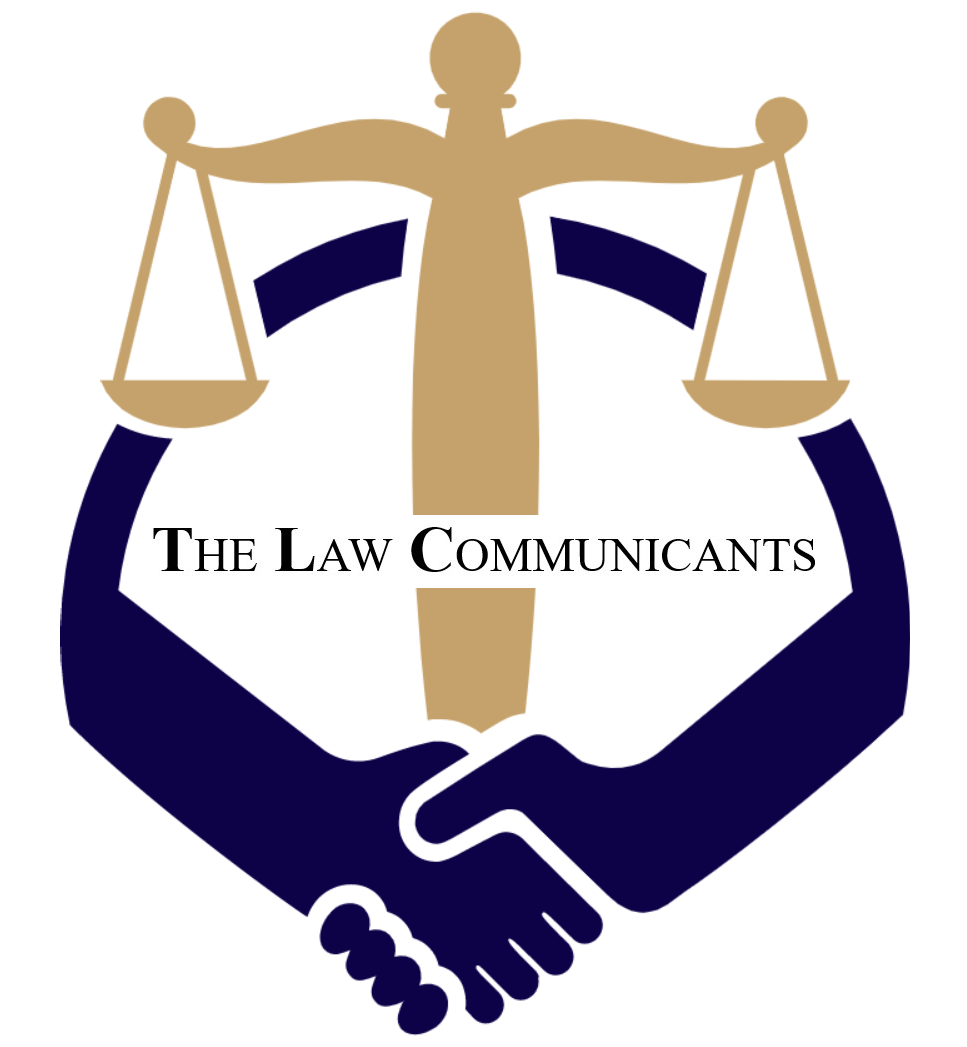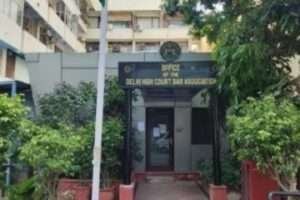Court Can Summon Accused U/s 319 CrPC Even On The Basis Of Examination-In-Chief Of Witness
Case: Sartaj Singh vs State of Haryana
Coram: Justices DY Chandrachud and MR Shah
Case No: [CrA 298-299 OF 2021]
Court Observation: Considering the law laid down by this Court in Hardeep Singh (supra) and the observations and findings referred to and reproduced hereinabove, it emerges that (i) the Court can exercise the power under Section 319 CrPC even on the basis of the statement made in the examination in chief of the witness concerned and the Court need not wait till the cross-examination of such a witness and the Court need not wait for the evidence against the accused proposed to be summoned to be tested by cross examination;
and (ii) a person not named in the FIR or a person though named in the FIR but has not been chargesheeted or a person who has been discharged can be summoned under Section 319 CrPC, provided from the evidence (may be on the basis of the evidence collected in the form of statement made in the examination in chief of the witness concerned), it appears that such person can be tried along with the accused already facing trial.
“As held by this Court in the aforesaid decisions, the accused can be summoned on the basis of even examination in chief of the witness and the Court need not wait till his crossexamination. If on the basis of the examination in chief of the witness the Court is satisfied that there is a prima facie case against the proposed accused, the Court may in exercise of powers under Section 319 CrPC array such a person as accused and summon him to face the trial. At this stage, it is required to be noted that right from the beginning the appellant herein – injured eye witness, who was the first informant, disclosed the names of private respondents herein and specifically named them in the FIR. But on the basis of some enquiry by the DSP they were not charge sheeted.
What will be the evidentiary value of the enquiry report submitted by the DSP is another question. It is not that the investigating officer did not find the case against the private respondents herein and therefore they were not chargesheeted. In any case, in the examination in chief of the appellant injured eye witness, the names of the private respondents herein are disclosed. It might be that whatever is stated in the examination in chief is the same which was stated in the FIR.
The same is bound to be there and ultimately the appellant herein – injured eye witness is the first informant and he is bound to again state what was stated in the FIR, otherwise he would be accused of contradictions in the FIR and the statement before the Court. Therefore, as such, the learned Trial Court was justified in directing to issue summons against the private respondents herein to face the trial.”, the bench said while allowing the appeal.
[doc id=4121]
Previous Posts
NCLT/NCLAT Can’t Interfere With Commercial Wisdom Of CoC Except Within Limited Scope Under Sections 30 & 31 IBC: Supreme Court Download Judgement
Keywords
Summon Accused, U/s 319 CrPC, Examination-In-Chief




